Quick question – furring strips
Wondering if ripped down 2x pressure treated is a good idea for furring, or if PT plywood is better. for rainscreen.
Will either work?
Just concerned about the core of the 2x furring – if it loses its unique properties of moisture resistance…
thanks
GBA Detail Library
A collection of one thousand construction details organized by climate and house part
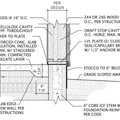
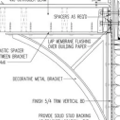

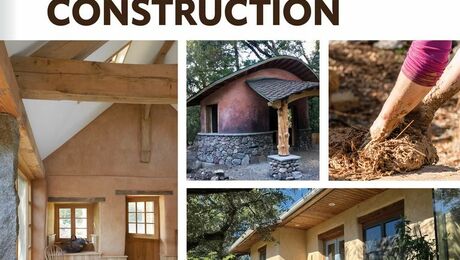
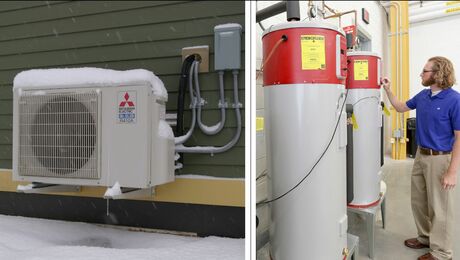
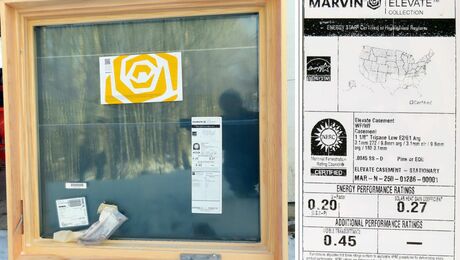
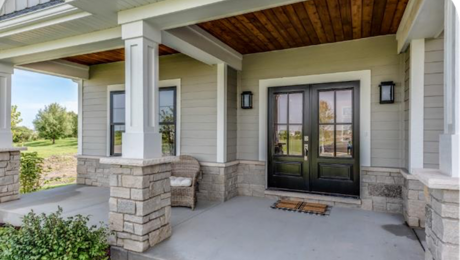
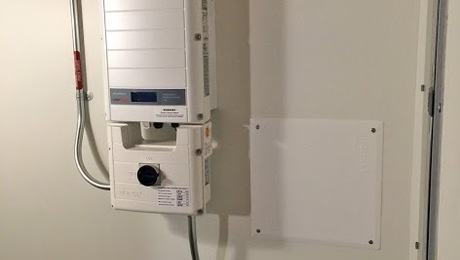

Replies
The furring doesn't need to be PT. It's self-drying.
https://www.greenbuildingadvisor.com/article/all-about-rainscreens
Kevin,
I just answered your other question about mold and now see you are already planning on using a rain-screen. good move.
Our lumberyards stock both treated and untreated plywood strips. Either work better than ripping-down solid stock, which at narrow widths is prone to splitting when nailed.
I try to limit my exposure to pressure treated lumber and its dust.
So spending time needlessly handling and breathing PT dust sounds like a very bad idea.
Walta
So just using good old whitewood is good for this application then?
Also Trying to avoid plastic ($)
Thanks
If you are ripping them yourself, I'd use a sheet of 1/2" CDX plywood.
I've used untreated 1x4 spruce for rainscreen for hanging cement board siding as well as thin brick veneer over cement board. I've opened up a small section about 4 years after install and the wood looks as good as day installed.
1/2" material doesn't offer much for attachment and may not meet code or the requirements of whatever siding you are planning to use. I'd go with 3/4". I bought full 3" wide larch from a local sawmill and planed it to 3/4". Worked well and didn't split like some pines do.
Using 5/16 hardie panel and doing board and batten.
You don't have to worry about the thickness of the furring unless they are being applied over foam. If they are fastened to the sheathing then the thickness only affects the depth of the cavity.
Rockwool has written: "Pressure treated strapping is only required in high rain areas, though it is recommended in all jurisdictions. "
Rockwool also recommends insulating the interior of your basement walls with their product, even though anyone with a clue understands the condensation problem with that. I'd take their advice with a grain of salt.
and here in high moisture areas like seattle, CDX plywood will still suffice provided it isnt getting splashback at the bottom and the whole rest of the system is done properly? I have seen in British Columbia they use PT, thats why i ask.
perhaps at that point maybe CDX on your house, is just like CDX scrap sitting in your un-insulated garage...
Yes. You may get some minor moisture discolouration over time the way you can with plywood sheathing on uninsulated buildings here in the PNW, but nothing worth worrying about.